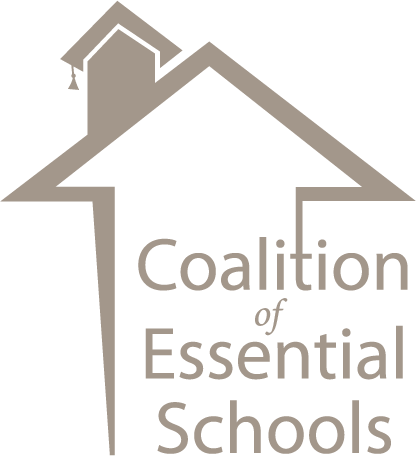What does a year-long “academic literacy” course look like? One example offered by the teachers involved with WestEd’s Strategic Literacy Initiative uses three long units that build on each other, as follows:
From September through November, the class focuses on “reading self and society”–finding and exploring written materials that interest each reader while building and reflecting on new skills and strategies. For example, they might:
- Pick out a book for sustained silent reading, and keep a reading log reflecting on both its content and their process in reading it.
- Draft and revise a written reflection on themselves as readers.
For the next few months, students are “reading media”–learning to take apart and think through the rhetoric of a text, its symbolism, and its construction. For example, they might:
- Take a look at ambiguous newspaper headlines (like “Kids Make Nutritious Snacks”) to understand a text’s construction and effects.
- Analyze advertisements designed to target specific audiences, and produce their own examples.
In the last several months students move on to “reading history”–taking on the primary and secondary texts of a particular academic area, and using their new strategies to make sense of them. For example, they might:
- Build their background knowledge in history by tapping their own existing knowledge and experience and making connections to the topic of study.
- Familiarize students with what they might expect to find in the language of expository text in the field of history.
- Help students come to understand history as interpreting events, not just collecting facts about them.
For more information, consult Reading for Understanding: A Guide to Improving Reading in Middle and High School Classrooms, by Ruth Schoenbach, Cynthia Greenleaf, Christine Cziko, and Lori Hurwitz (San Francisco: Jossey-Bass, 1999).
